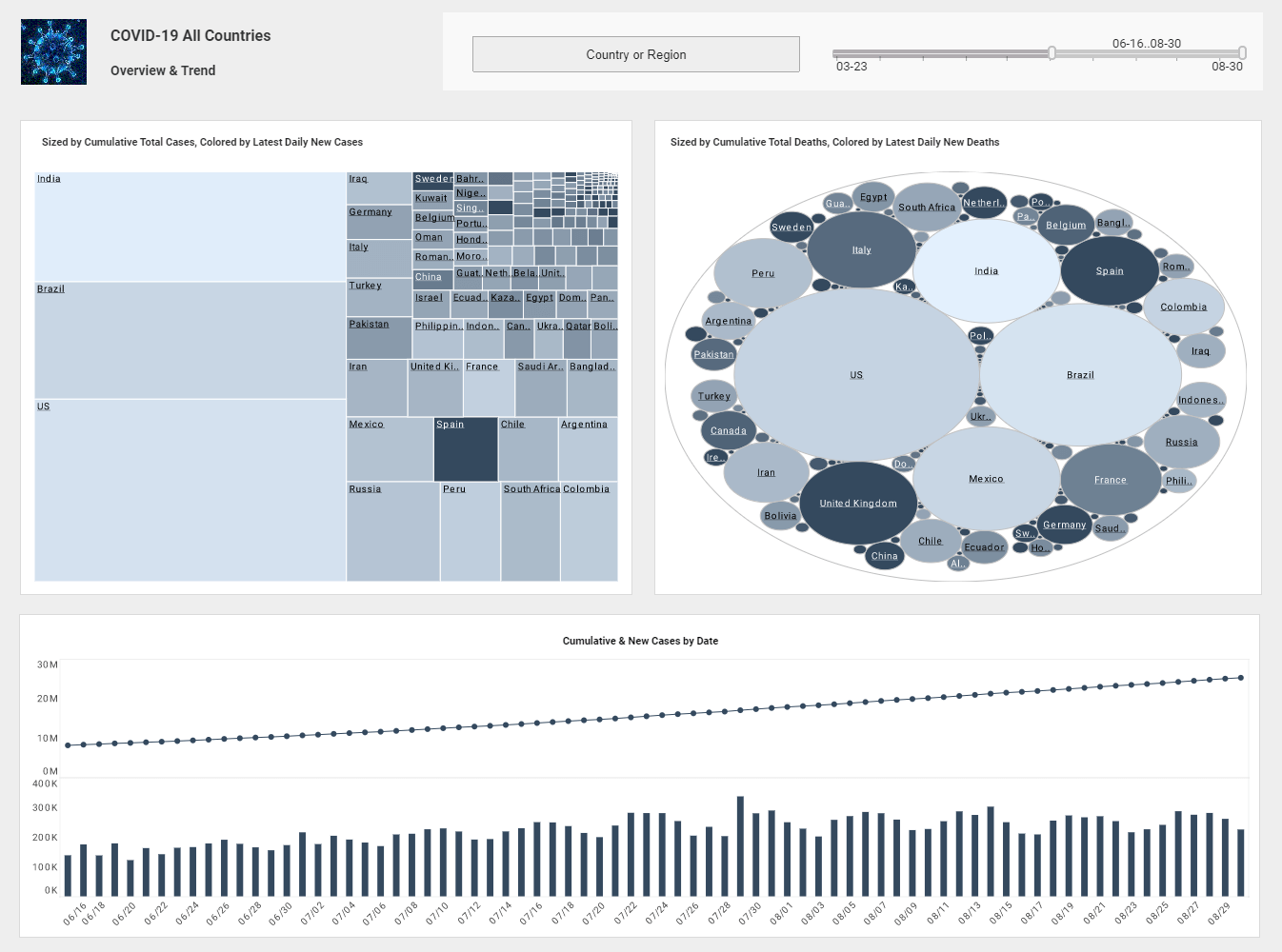Visualizing the Needs for a Business Intelligence Solution
This is the continuation of the transcript of a Webinar hosted by InetSoft on the topic of "An Explanation of Business Intelligence." The speaker is Abhishek Gupta, product manager at InetSoft.
Now the way I visualize the needs for a business intelligence solution is illustrated by this little chart here. What I'm trying to impart with this is that a team lead would probably have fewer BI needs than the person managing several team leads. The person managing several team leads has fewer requirements than the person managing several people who manage team leads, right. The executives would have the most business intelligence needs.
Now if we flip it though, and we then take a look at the level of detail needed by position, it is flipped. A team leader that has five people reporting to him, that team leader needs to be able to look at detailed records about those five people. He needs to be able to identify trends and patterns. He needs to see particular things about an individual employee.
A lower manager may be looking at the performance of each team. Up at the top right here we are looking at details. So this is the highest level of detail, and as we go down, we are looking at lower levels of detail. At the executive level you think the executive has time to read to every single detail report from a defect report?
Let's say that we're in manufacturing, we have 30 machines, each recording 200 transactions a second. Executives are going to be looking through those reports, right? But they will be interested in the aggregations.
Levels of Detail and Aggregation in Business Intelligence
Are they going to be looking on a per machine basis at the defect reports? Probably not, that's probably reserved for somebody in the spectrum up here, a team lead, a lower manager, a middle manager is identifying which machines maybe need help, but then our executives are looking at what is the overall number of defects.
Last month we were 99.9995% defect free. What are we this month? All right, so as we move up the chain of the hierarchy in our organizations we tend to look at more aggregations. Down at the team lead, we are looking at fewer aggregates and more detail level records. We’re looking at the actual defect records. We're not looking at how many defects. We're looking at each individual defect to figure out what it was, what caused it, how we can resolve it.
So this is what business intelligence is all about, and we need to define these levels so that we can understand fully where it fits in the organization. Now let's just talk about in an organization that has a typical BI implementation. It's not all hardware and software based, okay. The first place that you are going to start, I think logically, would be some type of a data entry system, okay.
This would be your CRM system, where you enter customers’ information. You respond to customers. You make customer tickets, things like that. An airline ticketing system, a web based ticketing system where people can purchase tickets and customer support agents can respond to tickets and we can do reporting on the tickets, defect tracking, order entry systems, and shopping carts. I'm not just talking about your old-school data entry where you just hire some little employee to take a piece of paper and put it into a web form right. I am talking about complete data entry systems. Once we have the data entry systems in place, and most companies will have multiple data entry systems not just a single one, now we talk about having a data warehouse.
Understanding the Role of Data Warehousing in BI Solutions
And you may not understand that data warehouse yet, what this chapter is all about, we will explode the idea of the data warehouse what it is, when we need it, what's different between data etcetera but you can for the time being just imagine that all of these guys will get put into a data warehouse. So if we're an organization and we end up having every one of these things they'll all go that’s an awful -- they'll all get dumped into the data warehouse in some shape or form because from there we want to build our reports against the data warehouse.
Once the data is consolidated in the data warehouse, organizations can leverage business intelligence tools to analyze and visualize information. These tools enable users at different levels to generate reports, dashboards, and insights tailored to their specific needs. For example, executives may focus on high-level metrics and trends, while team leads might drill down into granular details to monitor individual or team performance.
Effective BI solutions also support data-driven decision making by providing timely and accurate information. With the right visualization and reporting capabilities, stakeholders can identify opportunities, detect issues early, and respond proactively. This empowers organizations to optimize operations, improve customer satisfaction, and drive growth through informed strategies.
Ultimately, the success of a BI implementation depends on aligning the solution with the organization's goals and user requirements. By understanding the varying needs across roles and ensuring access to relevant data, companies can maximize the value of their business intelligence investments and foster a culture of continuous improvement.


